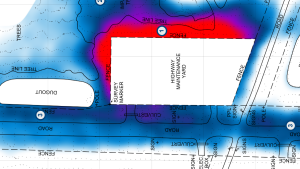-
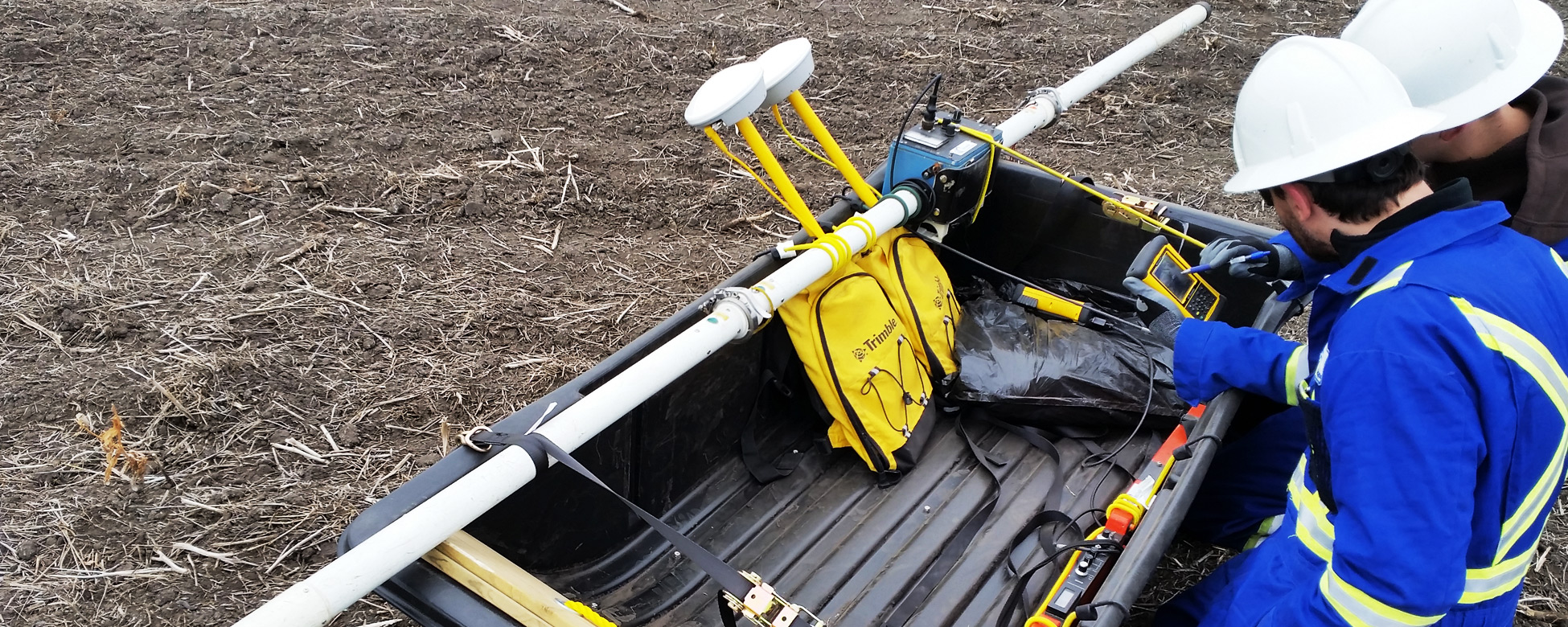
Projects
We've worked across North America.

Projects
We’ve worked across North America.
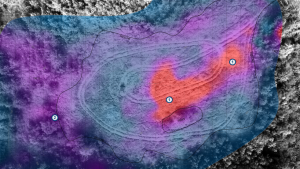 Lease Assessments
Lease Assessments
In several jurisdictions, an EM survey is a regulatory requirement in the process for reclaiming old leases. The instruments identify target areas related to historical site activities. Most of these activities produce elevated concentrations of ionic compounds, which over time, seep into the ground creating anomalous zones of elevated conductivity. The EM survey delineates areas of concern and potentially contaminated zones. This information, combined with analytical results, yields more accurate estimates for environmental liability and remediation costs. If clean-up activities are required, the results limit the amount of soil that needs to be disturbed which also reduces costs.
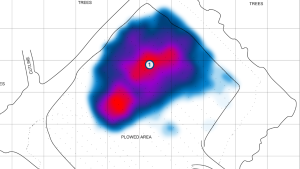 Buried Drilling Sumps
Buried Drilling Sumps
The process of drilling wells produces fluids and cuttings that are sometimes disposed of by burying a pit and covering the material. Over the years, chemicals from the sump, which usually contains elevated concentrations of ions, can leach into surrounding soils. If historical records are not accurate, the locations of these sumps can sometimes difficult to pinpoint. EM surveys are useful tools for locating buried sumps, and determining their extent underground. The technology can also delineate the extent of any associated leachate plume.
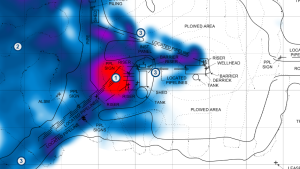 Flare Pit Remediation
Flare Pit Remediation
Older oil and gas facilities would sometimes flare off light-end hydrocarbons and sour gas over a pit in the ground, called flare pits. The process produced an accumulation of salts and heavier compounds that contaminated the surface of these locations. If not properly contained, this contamination can leach into the ground. In recent years, several jurisdictions have mandated the remediation of flare pits. EM surveys are a useful technology for identifying flare pit locations, and for determining the extent of any associated leaching.
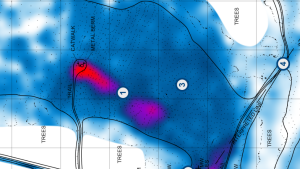 Injection Wells
Injection Wells
Spills and seepage of produced water is very common around injection and disposal wells. An EM survey is a useful tool for determining the extents of subsurface chloride leachate related to the well.
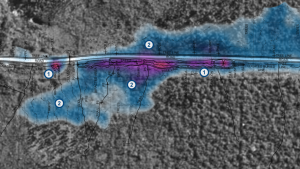 Pipeline Failures
Pipeline Failures
In oil and gas applications, the mixture of products that pipelines transport often contains produced water. Produced water usually has high concentrations of chlorides. Therefore, the mixture of chemicals that comes to surface after a pipeline rupture is highly conductive compared to natural background levels, which makes an EM survey an extremely useful method for delineating the spill, both on surface, and underground. Because ionic compounds are soluble in water, they tend to migrate further than other compounds associated with the spill, such as hydrocarbons. This makes an EM survey an excellent method for determining the maximum extents of the impacted area.
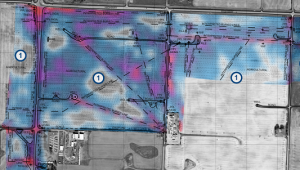 Highway Easement Assessments
Highway Easement Assessments
Roadway de-icing products are usually salts that contain large amounts of chlorides. After various seasons of applying these products to the road surface, they begin to seep down into the ditches along these roadways, and can leach into the surrounding soils. An EM survey is an excellent method for determining the degree and extent of salt accumulation along highway right-of-ways.
Salt Storage Yards
Highway maintenance yards that store large quantities of salts are locations that are particularly prone to underground leaching of chlorides. An electromagnetic survey is an excellent method for determining the maximum extents of zones impacted by chlorides.
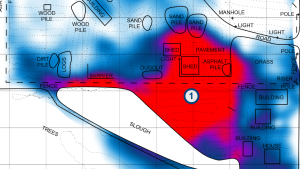 Fertilizer Yards
Fertilizer Yards
Agricultural fertilizers typically contain high concentrations of nitrates or phosphates, which are ionic. Industrial areas that produce or store these products are prone to contamination from spills that make the soil more conductive. EM surveys can delineate these underground conductive zones, giving accurate results for areas of contamination.
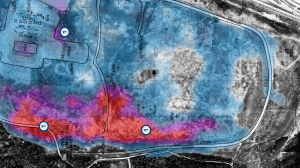 Landfills
Landfills
The wide variety of materials in a landfill almost always contain elevated concentrations of ionic compounds and other conductive substances. Without proper containment, these materials leach into surrounding soils producing plumes that electromagnetic technology will delineate.
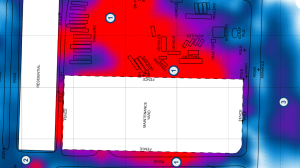 Livestock Runoff
Livestock Runoff
Runoff from livestock operations normally contain elevated concentrations of ionic compounds and are therefore highly conductive. Imaging the extents of this runoff with electromagnetic technology indicates the maximum extents of impacted soils.

